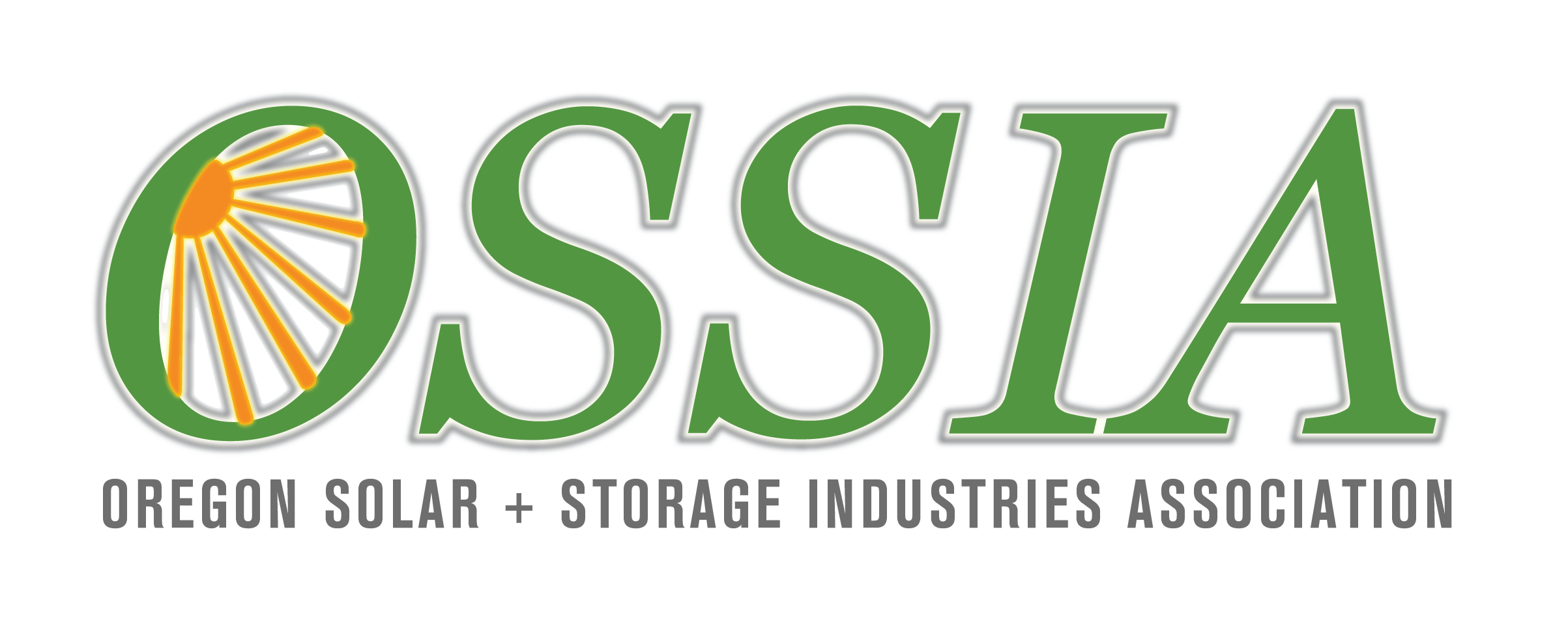Updates on Oregon’s Community Solar Program
By Charlie Coggeshall -- The past few weeks have brought some relatively encouraging updates regarding the implementation of the state’s community solar program. We can now confidently anticipate stakeholder engagement opportunities around key implementation aspects of the program over the next several months.
As background, the Public Utility Commission (PUC) adopted program rules to the state’s community solar program on June 29, 2017. In July, the PUC Staff held a workshop aimed at providing a basic/preliminary overview of the implementation process and requirements, in addition to answering substantive questions relating to the adopted rules. The biggest topic of discussion during that workshop was the suggestion by Staff that it could take up to 2 years before a program would be operating due to the need to first hire a third-party administrator (via an RFP process), and then work out all the implementation details (including establishing an “Implementation Manual” and building out necessary infrastructure capabilities). OSEIA, along with other stakeholders, pushed back hard on the prospect of a 2-year implementation process and offered recommendations for expediting the process such as pursuing implementation components in parallel to the RFP-process.
The Staff heard our concerns and recommendations, and this week the PUC approved a Staff proposal for holding a scoping workshop (set for October 19thth), to review and consider the numerous implementation components that are addressable in parallel to selecting a program administrator. The workshop will be followed by Staff recommendations (for PUC approval) on how to frame those components and associated processes (e.g., establishing workshop schedules, docket structure(s), and general stakeholder engagement processes), from which the real implementation work will begin. Staff’s approved proposal also includes a pre-RFP workshop (tentatively scheduled for Oct. 25) to provide potential bidders and interested stakeholders with insight on what to expect within the RFP, as its issuance is still likely several months away.
In a separate but related docket, a September 15th PUC Order closed out Phase I of the resource value of solar (RVOS) proceeding (UM 1716) and provided clear direction on Phase II. The Phase I decision confirms the elements to be included in the RVOS and their respective methodologies (at least initially) to be used for determining values in Phase II. The utilities are required to make individual compliance filings by Nov. 30 using those elements and methodologies, and there will be a period of formal commenting/responding and potentially a hearing all in Q1 of 2018, followed by a briefing in April and Commission Order in July. Utilities will then be required to make individual compliance filings. Notably, the Phase II process will not consist of numerous workshops as originally anticipated, but instead jumps right into the individual docket filings of each utility. This seems good for the sake of expediency, but may conversely limit stakeholder influence in the process.
That said, an important exception is a PUC-staff led “implementation workshop” (held sometime in January) for evaluating community solar as an application of the RVOS. The Staff are directed to present results of this workshop in an April public meeting. The formal inclusion of community solar in the RVOS docket is a positive development as the community solar rules require the credit rate to be based on the RVOS (unless otherwise determined by PUC order). OSEIA and other stakeholders have expressed concern over the potential mismatch of the community solar and RVOS proceedings from a timing perspective.
If you’re interested in engaging in the implementation of the community solar program and/or simply tracking its progress, send an email to communitysolarcommittee@oseia.orgto be added to OSEIA’s community solar subcommittee. Participation on OSEIA committees is open to all OSEIA members.
